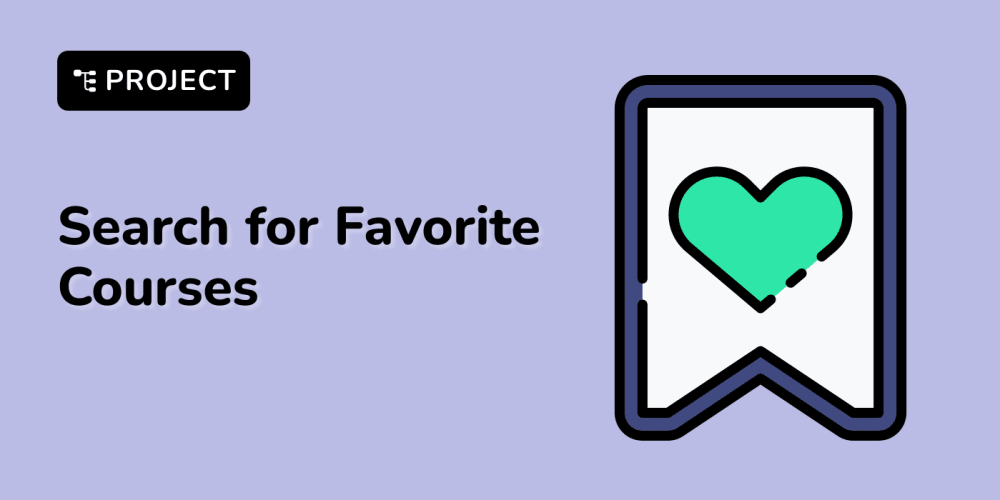<!DOCTYPE html>
Key Tools for GIS Software Development
<br> body {<br> font-family: sans-serif;<br> margin: 20px;<br> }<br> h1, h2, h3 {<br> color: #333;<br> }<br> img {<br> max-width: 100%;<br> height: auto;<br> margin-bottom: 20px;<br> }<br> pre {<br> background-color: #f0f0f0;<br> padding: 10px;<br> border-radius: 5px;<br> }<br>
Key Tools for GIS Software Development
Introduction
Geographic Information Systems (GIS) software development has become increasingly vital in our data-driven world. From mapping environmental changes to optimizing logistics and urban planning, GIS applications are transforming various industries. Building these powerful applications requires a specialized set of tools, libraries, and frameworks. This article provides a comprehensive overview of the key tools used in GIS software development, diving deep into their functionalities and showcasing their applications through examples.
Essential GIS Libraries and Frameworks
At the core of GIS software development lie robust libraries and frameworks that handle complex spatial data processing, visualization, and analysis. Let's delve into some of the most widely used ones:
- GDAL/OGR
GDAL (Geospatial Data Abstraction Library) and OGR (OpenGIS Simple Features Reference Implementation) are foundational libraries for working with geospatial data in various formats. They provide a consistent interface for:
- Reading and writing data from numerous formats like Shapefiles, GeoTIFF, and PostGIS
- Performing geometric operations like projections, transformations, and buffer creation
- Accessing and manipulating raster and vector data
Example: Converting a Shapefile to GeoJSON
from osgeo import ogrOpen the Shapefile
shapefile_path = "path/to/your/shapefile.shp"
driver = ogr.GetDriverByName("ESRI Shapefile")
datasource = driver.Open(shapefile_path, 0)Create a GeoJSON driver
geojson_driver = ogr.GetDriverByName("GeoJSON")
Create a new GeoJSON datasource
geojson_path = "path/to/your/output.geojson"
geojson_datasource = geojson_driver.CreateDataSource(geojson_path)Copy the data from Shapefile to GeoJSON
layer = datasource.GetLayer()
geojson_layer = geojson_datasource.CopyLayer(layer, "geojson_layer")Close the datasources
datasource.Destroy()
geojson_datasource.Destroy()
- PostGIS
PostGIS is a powerful spatial extension for PostgreSQL, a widely used open-source database. It adds spatial capabilities to relational databases, enabling:
- Storing and querying geospatial data
- Performing advanced spatial analysis
- Leveraging SQL for spatial operations
Example: Finding nearest facilities within a certain distance
SELECT *
FROM facilities
WHERE ST_DWithin(ST_GeomFromText('POINT(123.456 78.901)', 4326), geom, 1000);
GeoPandas is a Python library that builds upon Pandas, a popular data manipulation library, by adding geospatial functionality. It allows for:
- Reading and writing geospatial data formats like Shapefiles and GeoJSON
- Performing spatial operations on GeoDataFrames, which are Pandas DataFrames with a geometry column
- Visualizing spatial data using Matplotlib
Example: Plotting a map of cities with their populations
import geopandas as gpd
Load the cities GeoDataFrame
cities = gpd.read_file("path/to/cities.geojson")
Plot the cities with their populations
cities.plot(column='population', cmap='viridis', legend=True)
- Leaflet
Leaflet is a lightweight and open-source JavaScript library designed for creating interactive maps. It offers features like:
- Easy integration with various map tile providers
- Customization of map layers and controls
- Support for markers, popups, and interactive elements
Example: Creating a basic map with a marker
<!DOCTYPE html>
Leaflet Example
var map = L.map('map').setView([51.505, -0.09], 13); L.tileLayer('https://{s}.tile.openstreetmap.org/{z}/{x}/{y}.png', { attribution: '&copy; <a href="https://www.openstreetmap.org/copyright">OpenStreetMap</a> contributors' }).addTo(map); var marker = L.marker([51.5, -0.09]).addTo(map); marker.bindPopup("<b>Hello!</b><br>I am a marker.").openPopup();
Development Environments and Tools
Setting up a conducive development environment for GIS software is crucial for efficient development and testing. Here are some popular tools and environments:
- Python
Python is a highly popular language for GIS software development. Its extensive libraries like GDAL, GeoPandas, and Shapely make it incredibly versatile for handling spatial data. Python's readability and ease of use contribute to its widespread adoption.
QGIS is a powerful open-source GIS software that provides a desktop environment for visualizing, editing, and analyzing geospatial data. It offers a graphical user interface (GUI) and scripting capabilities using Python. QGIS is ideal for prototyping and testing GIS workflows.
ArcGIS Pro is a comprehensive commercial GIS software from Esri. It provides advanced tools for data analysis, mapping, and spatial modeling. ArcGIS Pro offers a rich Python API for customizing workflows and creating extensions.
Further Considerations
Cloud platforms like AWS, Azure, and Google Cloud offer powerful services for handling large geospatial datasets. Services like Amazon S3, Azure Blob Storage, and Google Cloud Storage allow for scalable storage of geospatial data. Cloud-based GIS platforms like ArcGIS Online and Google Earth Engine provide tools for analyzing and visualizing massive datasets.
Integrating GIS software with other systems is crucial for many applications. APIs like Google Maps APIs, OpenStreetMap APIs, and HERE Maps APIs enable developers to leverage mapping data and services from third-party providers. APIs also facilitate the exchange of data between GIS applications and other systems.
Creating a user-friendly interface is critical for the success of any GIS application. Familiar design principles for web and desktop applications should be applied, emphasizing clarity, accessibility, and ease of interaction. Libraries like Leaflet, Mapbox GL JS, and OpenLayers provide powerful tools for creating interactive and engaging web maps.
Conclusion
Developing GIS software requires a strong understanding of spatial data concepts and the availability of suitable tools. From foundational libraries like GDAL and PostGIS to powerful frameworks like Leaflet and GeoPandas, developers have access to a wealth of resources to create robust and innovative GIS applications. By leveraging these tools and keeping abreast of advancements in cloud computing, big data, and API integration, developers can push the boundaries of GIS software development and drive transformative solutions across diverse industries.
























